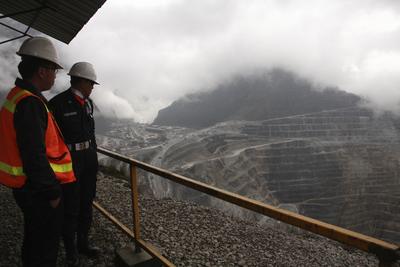Junior Mining Companies Looking for Financial Lifeboats

Any company will tell you that panic starts to set in once the confidence of the board or of investors begins to wane. This is precisely the situation in the mining industry.
As a result, mining companies have sought to make the most out of their existing assets by cutting costs, shedding staff and pulling back on investments like exploration. While most majors have resources to fall back on in hard times, their retreat on spending has left juniors in dire straits.
Pricewaterhouse Coopers reports that the market cap of the top 100 junior miners on the Toronto Stock Exchange fell by 44 percent, to $6.49 billion, in 2013, from 2012 levels.
Furthermore, short-term investments among the group suffered a rather frightening drop to $1.2 billion in 2013, from $1.9 billion in 2012.
This funding spiral is set to continue, as no industry analysts can seem to agree on when metal prices will begin to rise, or even when they will bottom out.
Earn-in agreements are becoming increasingly popular as a form of venture capital investment. These earn-in agreements essentially allow a junior’s partner to fund exploration for a fixed time frame in return for a share of project ownership.
Juniors may also turn to development finance as an option, a model that has already seen success in many industries, albeit often less capital-intensive ones.
Finally, for those juniors looking to rely less on upfront cash-in-hand, while also cutting initial outlays in other ways, agreements like equipment leasing can have their uses.
Despite this variety of options, the market is not an enviable one for juniors. With renowned exploration companies like Landdrill International going bankrupt, any juniors that grew too rapidly during boom times look certain to continue facing a very rough time, no matter how inventive their financial deals are.
Source: oilpricecom





























